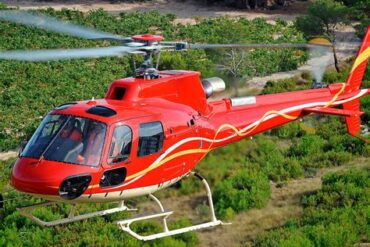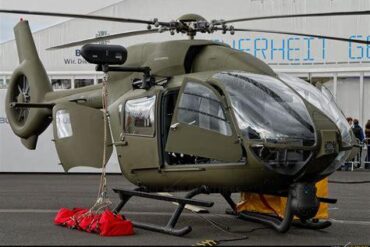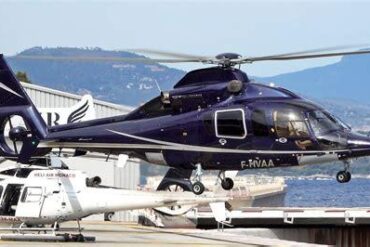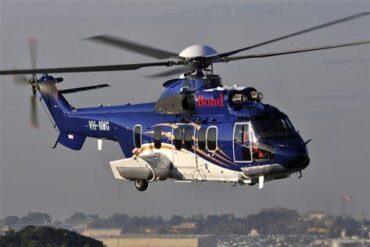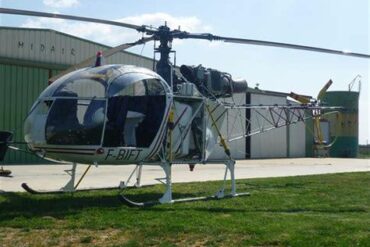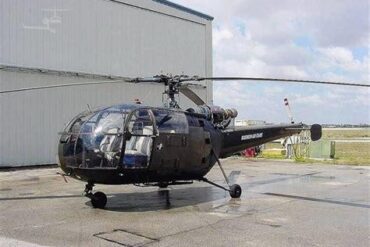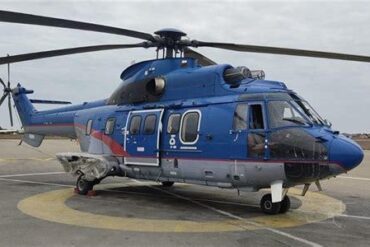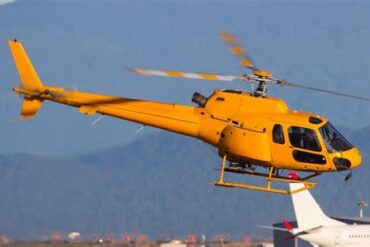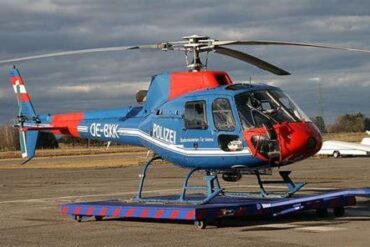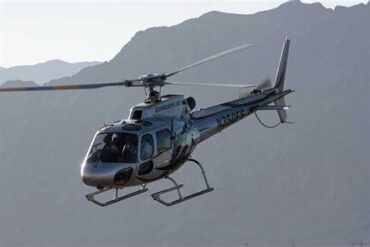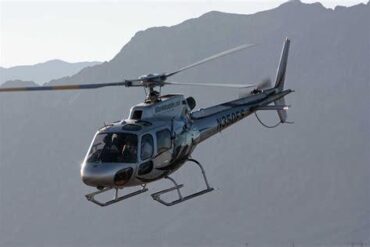The Airbus/Eurocopter AS332L2, commonly known as the Super Puma, stands as a benchmark in the realm of medium-lift helicopters. Renowned for its robust design, reliability, and versatile performance, it is a preferred choice for various applications, including offshore oil and gas operations, search and rescue missions, and executive transport. This article delves into the price and operating costs associated with the AS332L2, providing potential buyers and operators with essential insights.
Overview of the Airbus/Eurocopter AS332L2
The AS332L2 is an evolution of the Super Puma family, featuring advanced technology and improved performance metrics. It boasts a maximum takeoff weight of approximately 7,500 kg (16,535 lbs), a cruise speed of around 250 km/h (155 mph), and a range of approximately 800 km (497 miles). The helicopter’s twin-engine configuration enhances its safety and performance, making it suitable for challenging operational environments.
Key Specifications
-
Passenger Capacity: Up to 19 passengers in a typical configuration.
-
Maximum Payload: 2,300 kg (5,070 lbs).
-
Engine Type: Turbomeca Makila 1A1 engines, each providing 1,300 shp (shaft horsepower).
-
Avionics: Equipped with advanced avionics systems for navigation, communication, and flight management.
Acquisition Cost of the AS332L2
The acquisition cost of the Airbus/Eurocopter AS332L2 varies significantly based on several factors, including the condition of the helicopter (new or used), customization options, and market demand. On average, the price for a new AS332L2 can range from $10 million to $15 million. In contrast, the cost for a pre-owned model typically falls between $5 million and $8 million, depending on its age, maintenance history, and modifications.
Factors Influencing the Purchase Price
-
Age and Condition: New helicopters come with warranties and the latest technology, while older models may require extensive refurbishment.
-
Customizations: Specific requirements, such as upgraded avionics, seating configurations, or specialized equipment, can significantly impact the final price.
-
Market Trends: Economic conditions and demand within the aviation industry can influence pricing fluctuations. Higher demand for offshore operations may increase the price of suitable helicopters like the AS332L2.
Operating Costs of the AS332L2
Understanding the operating costs of the Airbus/Eurocopter AS332L2 is crucial for potential operators. These costs encompass various factors, including fuel consumption, maintenance, insurance, and pilot salaries. Below, we outline the primary components of operating costs.
1. Fuel Costs
Fuel is one of the most significant operating expenses for helicopter operators. The AS332L2 has a fuel consumption rate of approximately 700 to 800 liters per hour (185 to 211 gallons per hour), depending on flight conditions and payload. With the average price of aviation fuel fluctuating around $5 to $7 per gallon, operators can expect fuel costs to range from $925 to $1,477 per hour.
2. Maintenance Costs
Maintenance costs can be divided into scheduled and unscheduled maintenance. Scheduled maintenance is typically predictable and includes regular inspections, component replacements, and compliance with regulatory requirements. For the AS332L2, maintenance costs can average $300 to $500 per flight hour. Unscheduled maintenance, which may arise from unexpected failures or damage, can add significantly to operating expenses. Therefore, operators should budget for an annual maintenance reserve to cover both types of maintenance.
3. Insurance Costs
Insurance is a vital component of helicopter operations, providing coverage against liabilities, accidents, and damages. The insurance premiums for the AS332L2 can vary based on factors such as operational risk, geographic location, and flight hours. On average, operators may spend $15,000 to $30,000 per year for insurance, translating to about $50 to $100 per flight hour.
4. Pilot and Crew Salaries
Hiring qualified pilots and crew is essential for safe and efficient operations. The salary for a captain flying the AS332L2 typically ranges from $70,000 to $120,000 annually, depending on experience and qualifications. Considering operational needs, additional crew members may be required, increasing overall personnel costs. Operators should factor in these salaries when calculating their hourly operating costs.
5. Hangar and Ground Support Costs
Helicopters require proper storage and maintenance facilities. Hangar fees can vary based on location, with costs ranging from $1,000 to $2,500 per month. Additionally, ground support services, such as fueling and maintenance, contribute to overall operating expenses. Estimating these costs can help operators manage their budgets more effectively.
6. Total Operating Costs
When combining the above factors, the total operating costs for the AS332L2 can average between $2,500 and $4,500 per flight hour. This estimate includes fuel, maintenance, insurance, crew salaries, and overhead costs. Operators should conduct a detailed analysis of their specific operational scenarios to arrive at more accurate figures.
Cost-Benefit Analysis
Understanding the costs associated with operating the Airbus/Eurocopter AS332L2 is essential for making informed decisions. Here, we present a cost-benefit analysis that highlights the potential return on investment (ROI) when operating this helicopter in various sectors.
1. Offshore Oil and Gas Operations
The AS332L2 is a preferred choice for offshore oil and gas companies, primarily due to its payload capacity and operational range. By utilizing the AS332L2 for crew transport, companies can significantly reduce operational downtime and increase efficiency. In scenarios where the helicopter is utilized for regular flights, the increased productivity can offset operating costs and enhance ROI.
2. Search and Rescue Missions
In emergency situations, the speed and reliability of the AS332L2 can make a critical difference. The ability to deploy quickly and access remote locations enhances the effectiveness of search and rescue operations. While operating costs may be high, the potential to save lives and reduce response times justifies the investment in this helicopter.
3. Executive Transport
For corporate and executive transport, the AS332L2 provides a luxurious and efficient means of travel. The spacious cabin and advanced amenities ensure a comfortable experience for passengers. Although the initial investment and operating costs may be substantial, the time saved and convenience offered can provide significant value to businesses and executives.
Conclusion
The Airbus/Eurocopter AS332L2 represents a sophisticated solution for various operational needs, from offshore transportation to emergency services and executive travel. While the acquisition price and operating costs are considerable, the helicopter’s performance, safety features, and versatility often justify these expenses. A thorough understanding of these costs will aid potential operators in making informed decisions and optimizing their investments. By weighing the benefits against the financial implications, businesses can leverage the AS332L2 effectively to meet their operational objectives.


